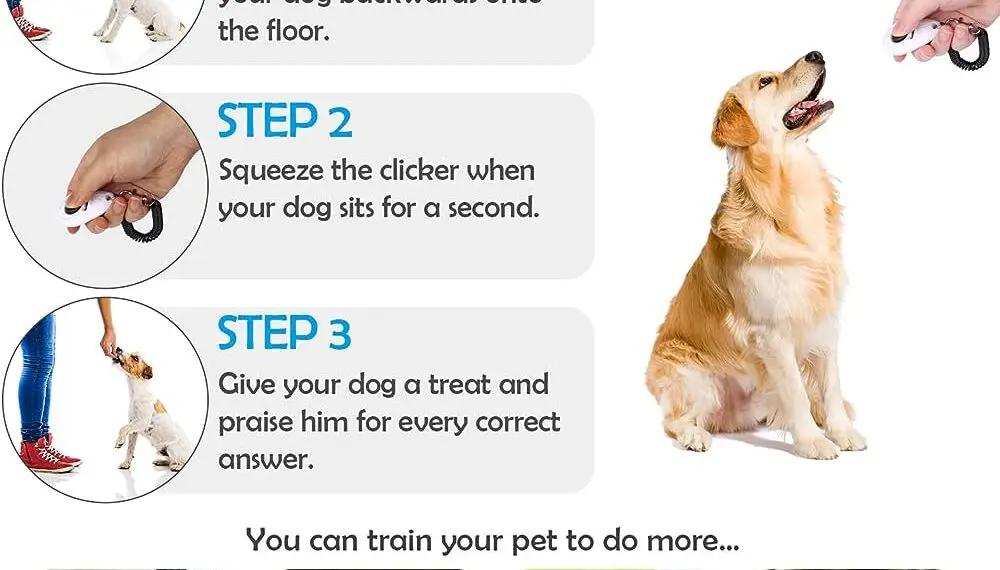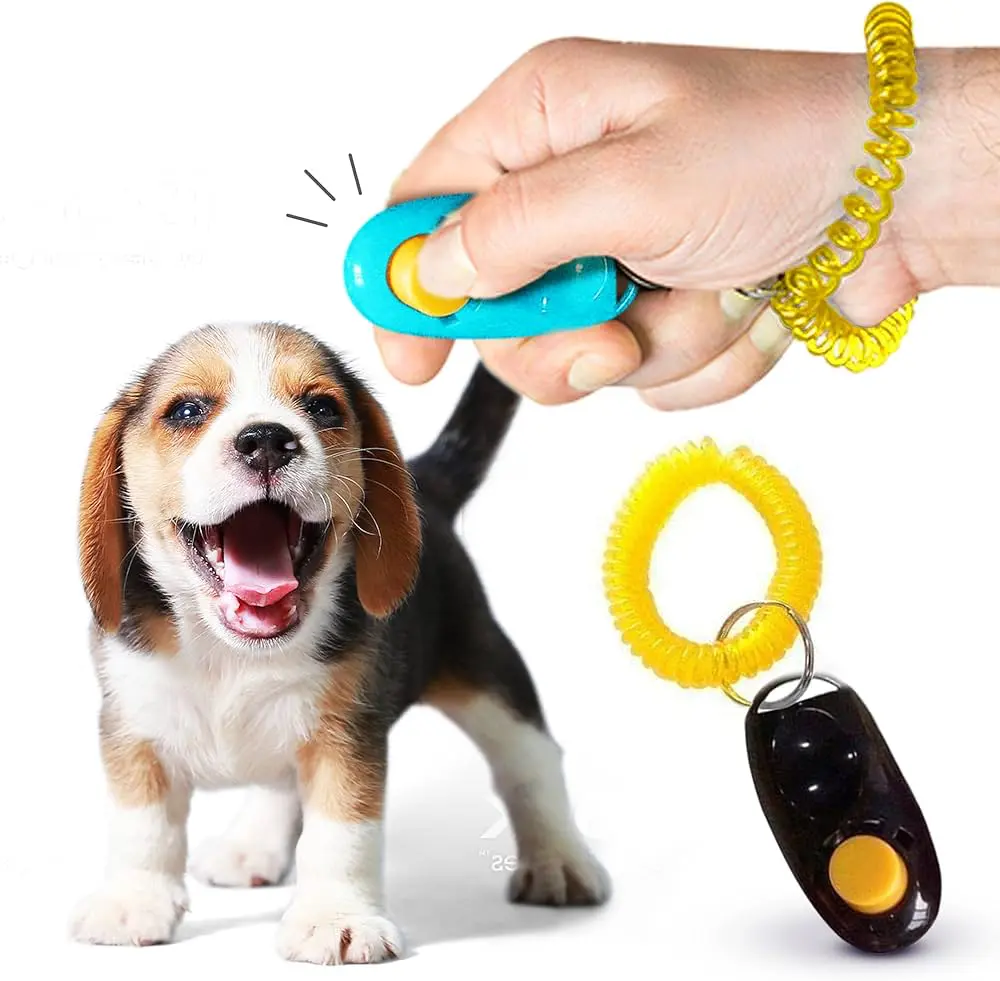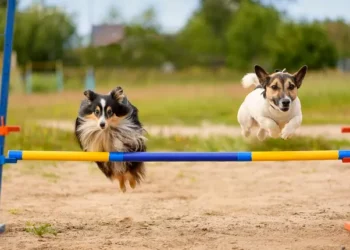Clicker training is a popular and effective method for teaching puppies new behaviors and commands. This positive reinforcement technique uses a small device, the clicker, to signal to your puppy that they’ve done something right. When combined with treats or other rewards, it becomes a powerful tool in your training arsenal. As a pet health expert, I recommend clicker training for its gentle, effective, and engaging approach to training young dogs.
Benefits of Clicker Training
- Positive Reinforcement: Clicker training focuses on rewarding good behavior, making it a positive experience for both the puppy and the owner.
- Clear Communication: The distinct sound of the clicker provides a clear and consistent signal to your puppy, helping them understand exactly which behavior is being rewarded.
- Builds Stronger Bonds: The interactive nature of clicker training strengthens the bond between you and your puppy, fostering trust and cooperation.
Getting Started with Clicker Training for Puppies
- Choose the Right Clicker and Treats: Select a clicker with a comfortable grip and a clear, audible sound. For treats, opt for small, soft, and tasty morsels that your puppy loves.
- Charge the Clicker: Start by “charging” the clicker, which means associating the sound of the click with a treat. Click the device and immediately give your puppy a treat. Repeat this several times until your puppy starts to expect a reward after the click.
- Introduce Simple Commands: Begin with basic commands like “sit,” “stay,” and “come.” Click and treat immediately when your puppy performs the desired action. Be consistent with your timing to reinforce the connection between the click and the reward.

Best Practices for Clicker Training
- Short Sessions: Keep training sessions brief, around 5-10 minutes, to maintain your puppy’s attention and enthusiasm.
- Patience and Consistency: Remember that puppies are still learning and may not get everything right away. Be patient and consistent with your training efforts.
- Avoid Overfeeding: While treats are essential in clicker training, be mindful of the amount you give to prevent overfeeding. Use small treats and consider incorporating them into your puppy’s daily calorie intake.
Advanced Clicker Training Techniques
Once your puppy has mastered basic commands, you can use clicker training to teach more advanced tricks and behaviors. This might include retrieving objects, rolling over, or even more complex tasks like agility training. The key is to break down each behavior into small, manageable steps and reward progress along the way.
Common Mistakes and How to Avoid Them
- Clicking Too Late: The timing of the click is crucial. Ensure you click at the exact moment your puppy performs the desired behavior, not after.
- Inconsistent Training: Consistency is key to successful training. Make sure all family members use the same commands and methods.
- Overusing the Clicker: Use the clicker only for training and not as a general attention-getter. Overuse can reduce its effectiveness.
Conclusion: Why Clicker Training is the Best Dog Training Method
Clicker training for puppies offers an effective, humane, and enjoyable way to teach new behaviors. By focusing on positive reinforcement, it sets the stage for a lifetime of good behavior and a strong bond between you and your furry friend. As a method considered among the best dog training techniques, clicker training can help you raise a well-behaved and happy puppy, ready to learn and grow.

Final Tips
- End on a Positive Note: Always end training sessions on a positive note, with a successful command and a reward.
- Gradual Progress: As your puppy becomes more proficient, gradually reduce the frequency of treats while still using the clicker to reinforce good behavior.
Clicker training for puppies is a rewarding experience for both you and your pet. With patience, consistency, and a positive approach, you’ll be amazed at what your puppy can learn and achieve.





















